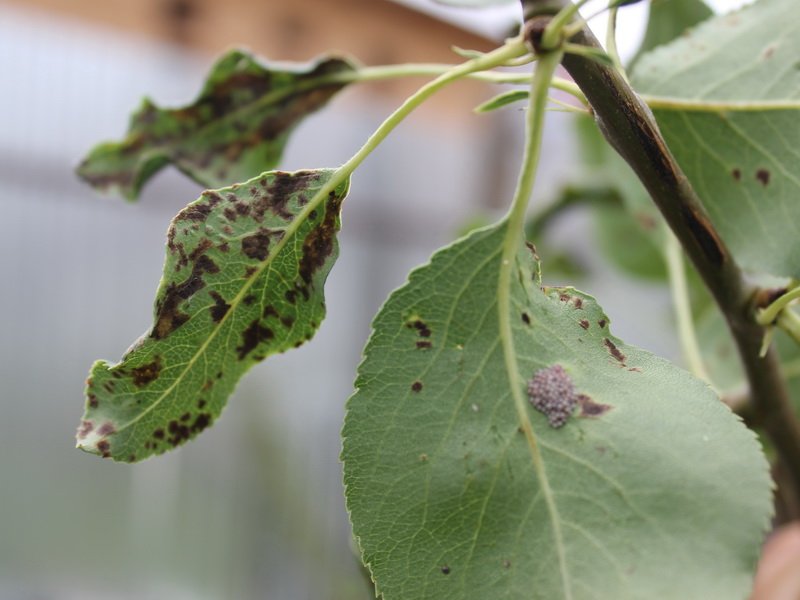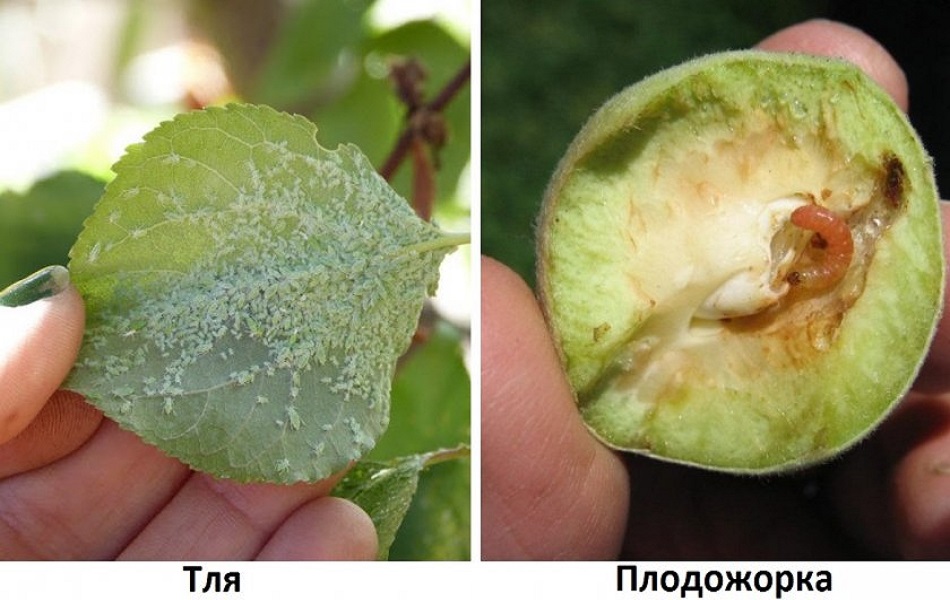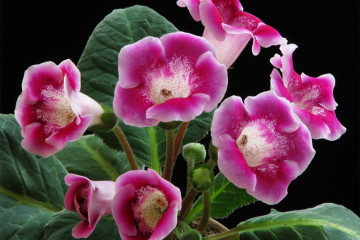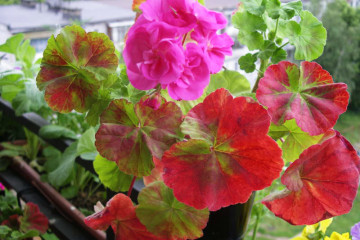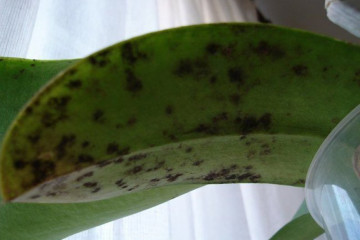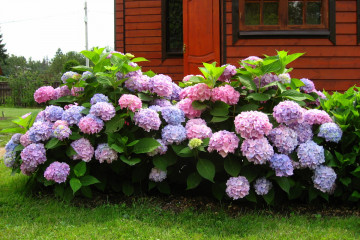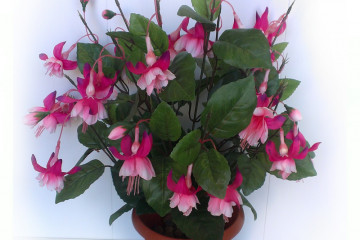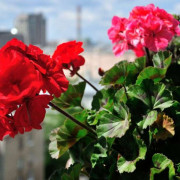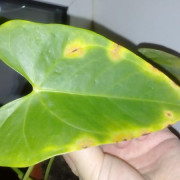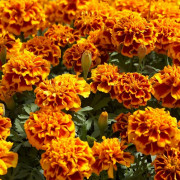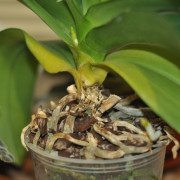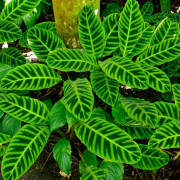Apricot diseases: what to do if leaves curl and spots appear
Content:
Problems with stone fruit crops are common, and most are difficult to identify based on their primary symptoms. Any delay can cause not only crop loss, but also the destruction of the plantations themselves. Actually, therefore, every summer resident should know what diseases and pests the apricot encounters.
Viral and bacterial diseases of apricot trees
Viral and bacterial diseases include lesions that develop inside the tree. Most often, they occur against the background of the appearance of fungi, bacteria and various viruses.
Moniliosis, aka monilial burn
Moniliosis refers to fungal diseases that lead to the rapid death of fruit trees. The disease can be identified by the following signs:
- foliage turns unnatural red and dries quickly;
- fruits rot;
- peculiar gray "pillows" appear on the bark
This is due to the fungus, which is called "beckoning", it is activated in cloudy weather and rainy summer. The situation can be corrected by immediately treating the plantings with the "Skora" solution; it can be replaced with copper oxychloride.
Hole spot or stone fruit cluster
One of the most dangerous diseases in which the main lesion falls on foliage. The disease intensifies in hot rainy weather. It is easy to recognize it: brown spots appear on the apricot leaves. After a short period of time, holes form in their place.
You can cure diseased plantings as follows:
- pruning affected branches;
- cleaning of hearths;
- disinfection of wounds with copper sulfate;
- putty with garden pitch.
Curly leaves
This is a dangerous disease that leads to the depletion of the tree. At the very beginning, bubbles begin to appear on the foliage, later the branches are deformed. If you do not take action, the leaves will begin to turn yellow, twist, and the tree will begin to shed them.
You can get rid of the problem by processing plants. Copper pesticides work best. After spraying, the soil should be fertilized with organic matter.
Bacterial spot
The gardener may face this problem due to non-compliance with the rules of care. Bacterial spotting can be recognized by the spots on the apricot fruit. The disease impairs the quality of the fruit and also reduces the amount of the crop.
If agricultural technology is followed: the plant is cut off in a timely manner, general hygiene is maintained in the garden area, the plantings are regularly sprayed, then the chance that a disease will appear is minimal.
Smallpox plum
This type of viral disease is quarantined.The affected plant can lose up to 90% of the yield in a short time, the fruits will become rotten or completely fall off before reaching maturity.
Description of the characteristic signs of apricot disease:
- the sheet plate is repainted yellow;
- winding lines in the form of rings appear on the bark, shoots, fruits;
- fruits become smaller, spots and patterns appear on them.
The tree is not treatable, so you need to get rid of it immediately to prevent further spread.
Annular smallpox
The disease is expressed in the form of swelling on the fruits, they become much smaller. Shoots also begin to grow more slowly, and the leaf plate changes shape, may curl or curl. There is no way to combat this infection, so it is best not to initially neglect preventive measures.
Brown leaf spot or apricot phyllostictosis
A dangerous disease that manifests itself in the form of dark yellow spots with black blotches on the foliage. Over time, the plate begins to curl, die off and fall off.
Heavily affected trees require complete destruction, but the rest of the plantings should be treated with fungicides. Thorough cleaning of the site before winter will be an excellent prevention against brown spot.
Verticillosis or vertical wilting of trees
The main reason why apricot leaves curl is verticillium. Another characteristic sign of the disease is the death of shoots, and the process begins from the lower part of the trunk.
In this case, it is necessary to spray the tree with Vitaros or Fundazol. Also, without fail, the soil is spilled with an antifungal solution. This applies to all stone fruit crops: plum, peach and cherry plum.
Apricot gnomoniosis
In this case, not only the foliage is sick, but also the fruits. Apricot leaves turn red, and brown or black dots appear on the fruits. Gnomoniosis, also called blistering spotting, is caused by a marsupial fungus.
As a treatment, soil treatment is carried out around the stem part and near it. A solution of copper sulfate fights well against the disease. The foliage is sprayed with Bordeaux liquid.
Clasterosporiasis
A fungal disease that all stone fruit trees face. Symptoms are manifested as follows:
- black dots on the sheet plate;
- dryness of the branches;
- yellowness of the leaves;
- holes in the bark.
As a fight, fungicidal preparations are used, which are periodically sprayed on the trunk and foliage. A good effect is provided by means called "Quadris", "Horus".
Other diseases and how to treat them
Apricot can be affected by a number of other diseases. Here are the most common problems and methods of dealing with them:
- Gray rot is a neglected type of moniliosis, when the main lesion is on fruits. Spread can be prevented by promptly removing the infected fetus. If you ignore it, the infection will go on, all the other apricots will become stained.
- Fusarium occurs on apricots during flowering; hot weather can provoke the appearance of the disease. It manifests itself in the form of spots on the fruit and wrinkled peel. Weak trees with open wounds are most often affected. Spraying is performed as a treatment.
- Cytosporosis manifests itself on a stone fruit culture in the form of gum flow, withering away of branches on the crown, and flaking of the bark. In this case, immediate treatment of the plant with a weak solution of copper sulfate is required.
- Cocomycosis appears at the beginning of the summer season. You can recognize a fungal disease by red spots on the leaves on the front side and white bloom on the back. Copper fungicides, 3% Bordeaux liquid will help get rid of the fungus.
- Fusarium desiccation occurs in spring. Ulcers form on the shoots, the foliage grows dull. The cause of the occurrence can be a deficiency of nutrients, a lack of sun, inappropriate conditions. You can save the plant with proper and timely care, you need to treat cracks, pruning, do not forget about watering and feeding.
Pests of apricot trees and methods of treatment
It is not uncommon for garden plantings to suffer from pests. Most often on apricot trees you can find:
- The leafworm is a very voracious individual, it destroys not only leaves, but also buds. The presence of the enemy can be determined by the foliage; it has a characteristic twisting, reminiscent of a boat. It is necessary to treat the tree with insecticides.
- Plum aphids usually hide on the back of the leaf, moreover, they can cover the entire plate due to which it begins to turn white. The insect not only causes deformation of the branches, but also spoils the taste and appearance of the fruit.
- Aphids appear in early spring and eat young leaves, they suck the juices from the plant. All this leads to deformation and drying of foliage and twigs. Most often, the carriers of small insects are the anthill, you need to get rid of it first. Then spray the rest of the plantings with a fungicide.
- The moth is dangerous to leaves and fruits. The caterpillar gets into the fruit and spoils it. You can destroy the pest with insecticidal preparations in the form of "Inta-Vir", "Decim". You also need to disinfect the soil in the fall, the moth hibernates in the soil.
- Weevils migrate to apricot from other vegetation, they are omnivorous. If there are a lot of bugs, then by June they can provoke a serious leaf fall, and by August the tree will be completely bare. By the fall, they begin to disappear, but do not flatter yourself, the insects simply go to winter in the fallen leaves. Therefore, it is so important to clear the area of leaves, broken branches.
How to recognize a disease by its external signs, and what to do
Each disease has its own characteristics and symptoms. Here are the most obvious signs of common illnesses:
- Apricot leaves curl, what to do: examine the tree, most likely, aphids have settled on them. You can get rid of it with the help of a soap solution that is sprayed on the foliage, or you can buy a commercial product "Fufanon".
- Leaves turn red in June. There are several reasons why apricot leaves turn red in June. Most often this is a consequence of the moniliosis disease.
- Leaves turn yellow due to the defeat of pests and diseases. It is important to pinpoint the cause; this can be done by examining the tree.
- Brown spots on the leaves may indicate a fungal pathology called scab. The infection spreads quickly throughout the site, so it should be dealt with urgently. As a treatment, fungicides are used, the plantings are sprayed once every two weeks.
- Leaves in holes can appear due to pests. But most often the problem is associated with perforated spotting. Treatment with chemicals should be carried out as soon as possible, "Fundazol" showed a good result. Spraying is carried out every ten days.
A set of preventive measures
There are a number of preventive measures that will help to avoid the appearance of certain diseases that are most often affected by stone fruit. Farmers are advised to act as follows:
- to acquire only healthy and already grafted seedlings, it is best to select planting material in nurseries, they are not only in Moscow and the Moscow region, but also in other cities;
- choose a windless and warm place on the site for planting a tree;
- make regular inspection of the plant for the absence of lesions;
- do not ignore timely watering and fertilization;
- fight weeds in time;
- cover the cut with garden pitch;
- remove and burn fallen leaves.
Timely prevention will help to avoid many problems associated with the appearance of diseases and pests. It is much easier to prevent trouble than to deal with it later, this is a costly and not always rewarding business.



